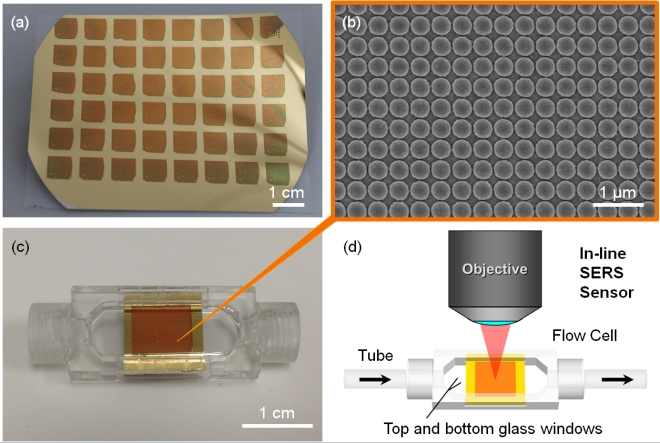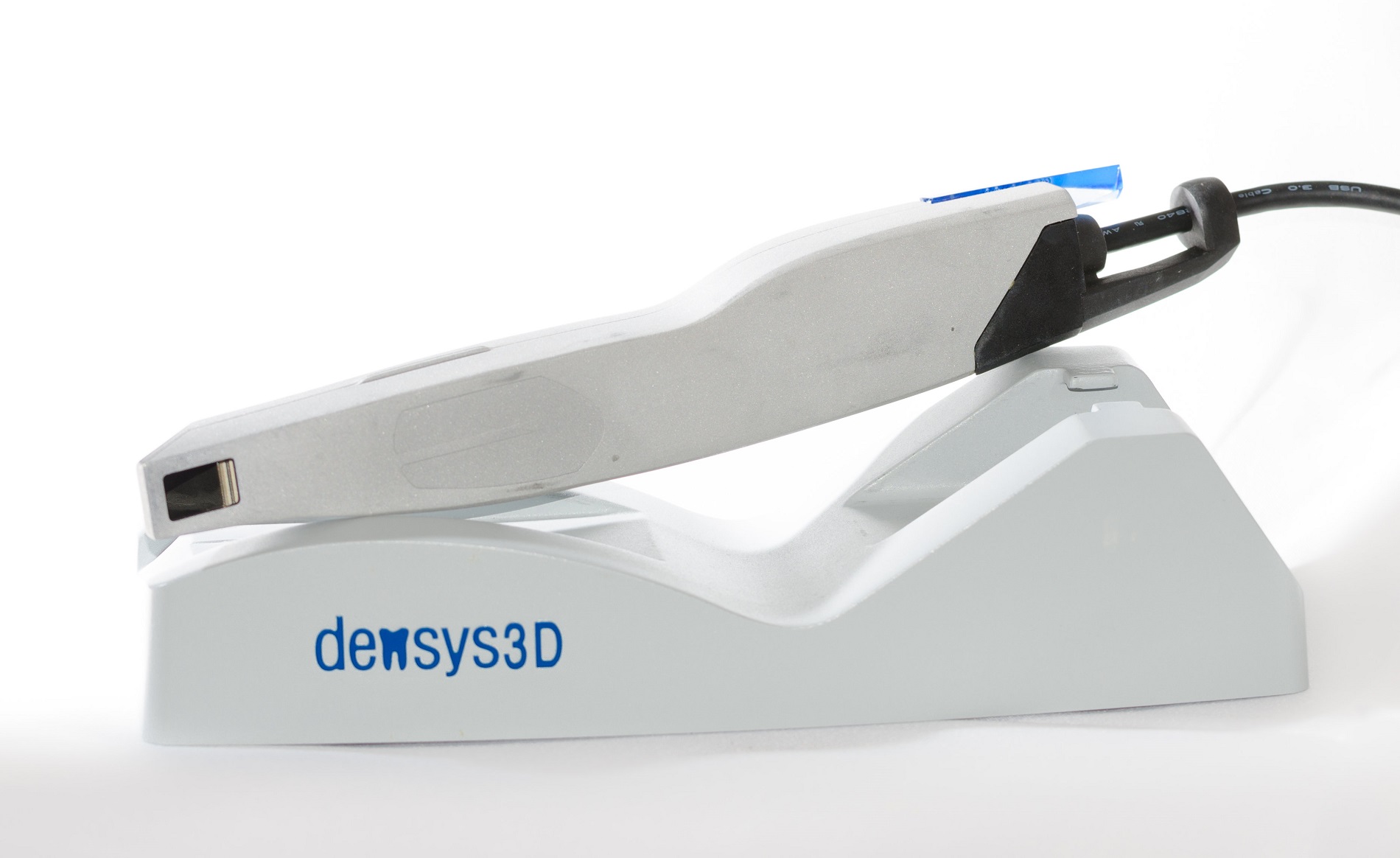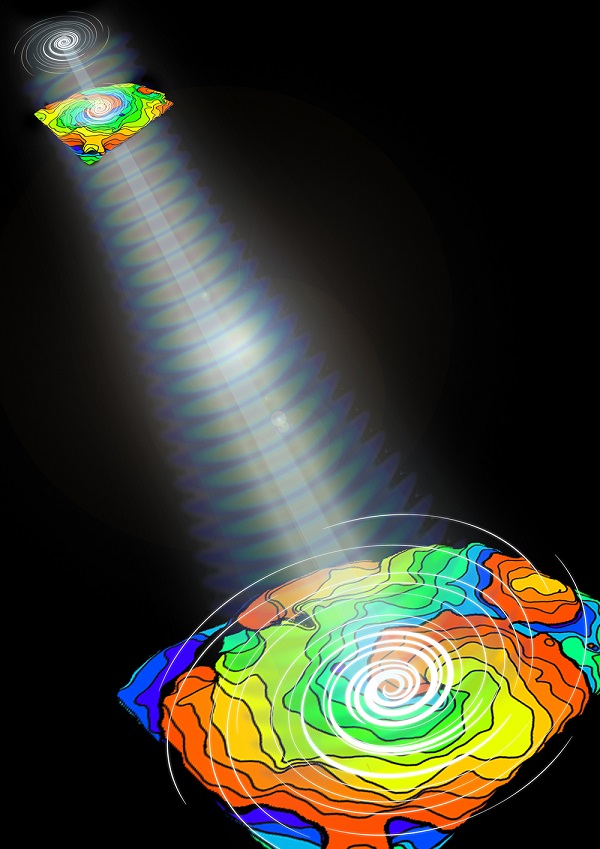WASHINGTON, Sept. 19, 2013—Today, computerized smart systems can deliver drugs intravenously in exact volumes to hospital patients. However, these systems cannot recognize which medications are in the tubing nor can they determine the concentration of the drug in the tubing. This lack of precise information can lead to medication errors with serious consequences.
Now, a new optical device developed by a team of electrical and computer engineering students at the University of Illinois at Urbana-Champaign (UIUC) can identify the contents of the fluid in an intravenous (IV) line in real-time, offering a promising way to improve the safety of IV drug delivery. The team, led by Prof. Brian T. Cunningham, interim director of the Micro and Nanotechnology Laboratory at UIUC, will present its work at The Optical Society’s (OSA) Annual Meeting, Frontiers in Optics (FiO) 2013, being held Oct. 6-10 in Orlando, Fla.
The vulnerability of IV drug-delivery systems due to human error is a chief concern in hospital safety, Cunningham said. Errors can include incorrect dosage, unintentional substitution of one drug for another, and co-delivery of incompatible drugs.
"Up to 61 percent of all life-threatening errors during hospitalization are associated with IV drug therapy,” Cunningham said, citing a recent report. “So for all the really good things hospitals can do, the data shows that mistakes can occasionally happen."
To approach this problem, Cunningham and colleagues turned to the very small – to structures and processes at the nanoscale (one-billionth of a meter), where novel physical and chemical properties arise. The researchers use a technology called Surface-Enhanced Raman Scattering (SERS), a powerful analytical tool prized for its extreme sensitivity in obtaining molecular signals that can be used to identify chemicals. To determine the identity of a particular IV medication, researchers shine laser light onto a nanostructured gold surface that contains millions of tiny “nano-domes” that are separated from each other by as little as 10 nanometers. The nano-domes are incorporated into the inner surface of IV tubing, where they are exposed to drugs that are dispersed in liquid. They capture the light scattered from drug molecules that are in contact with the nano-domes and use SERS to determine the drug’s molecular signature. Finally, they match the signature to known signatures for the drug in order to confirm the presence of a specific medication in the IV line.
While other groups have demonstrated excellent nanostructured surfaces for SERS, those developed by the Cunningham group are unique because they are inexpensively produced on flexible plastic surfaces by a replica molding process with nanometer scale accuracy.
Early data show that the Cunningham group’s system can identify medications including morphine, methadone, phenobarbital, the sedative promethazine, and mitoxantrone, which is used to treat multiple sclerosis. The system is extremely sensitive: it can detect drugs in amounts 100 times lower than the clinically delivered drug concentrations commonly used. So far, the researchers have also shown their system can sense a two-drug combination, which has its own unique signature.
The next step is further evaluation for combinations of up to ten drugs being delivered at the same time. Computer algorithms are also being developed to automatically interpret the SERS spectra, and Cunningham’s team reports that the system is now being evaluated for possible commercialization.
Presentation LTh3H.4 “Enhanced Contrast in Chemical and Biological Sensors” takes place Thursday, Oct. 10 at 1:30 p.m. EDT at the Hilton Bonnet Creek.
About the Meeting
Frontiers in Optics (FiO) 2013 is The Optical Society’s (OSA) 97th Annual Meeting and is being held together with Laser Science XXIX, the annual meeting of the American Physical Society (APS) Division of Laser Science (DLS). The two meetings unite the OSA and APS communities for five days of quality, cutting-edge presentations, fascinating invited speakers and a variety of special events spanning a broad range of topics in optics and photonics—the science of light—across the disciplines of physics, biology and chemistry. An exhibit floor featuring leading optics companies will further enhance the meeting. More information at www.FrontiersinOptics.org.
About OSA
Founded in 1916, The Optical Society (OSA) is the leading professional society for scientists, engineers, students and business leaders who fuel discoveries, shape real-world applications and accelerate achievements in the science of light. Through world-renowned publications, meetings and membership programs, OSA provides quality research, inspired interactions and dedicated resources for its extensive global network of professionals in optics and photonics. For more information, visit www.osa.org.















